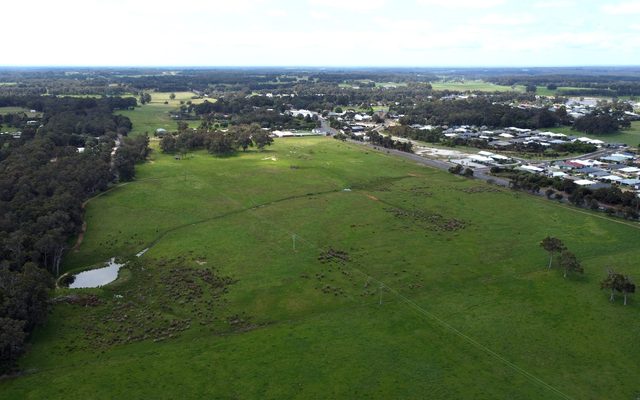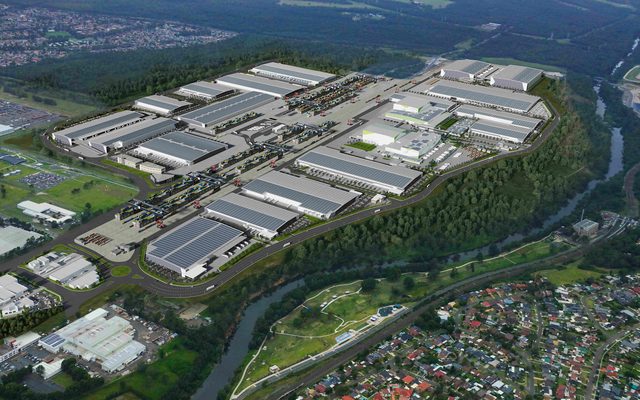This article is from the Australian Property Journal archive
WHILE house prices are continuing to climb, growth is expected to taper off in the coming months, leading to a likely overall decline for the year.
According to CoreLogic, dwelling prices across the capital cities increased by 2.3% over the month of May, a 9.4% increase on the year prior.
Prices have increased now for eight consecutive months, with May marking their second fastest rise seen since the late 1980s, following March’s 2.8% growth.
Average capital city dwelling prices are 7.8% ahead of the previous record in September of 2017.
Hobart had the greatest monthly increase for May at 3.2%, followed by Sydney with 3.0%, while for the year they posted a respective increase of 16.5% and 11.2%.
Darwin saw the greatest yearly increase at 20.3%, growing by 2.7% for the month Darwin along with Perth are the only capitals not at record levels, following falls in the aftermath of the mining investment boom.
Perth’s monthly increase was the slightest at 1.1%, with a yearly rise of 8.5%. Melbourne had the lowest yearly increase at 5.0%, with a 1.8% increase for the month.
Brisbane recorded a monthly increase of 2.0%, Adelaide rose 1.9% and Canberra 1.7%.
With Brisbane seeing a yearly increase of 10.5%, Adelaide of 11.8% and Canberra of 15.6%.
Regional dwelling prices rose 2% in May, for a 15.2% increase on the previous year, reflecting lower levels of debt and less resulting financial stress during the pandemic.
Regional prices were also driven by lower levels of exposure to stalled immigration and the shift in preference to sea and tree changes, with the trend for working remotely and increased buyer emphasis on lifestyle.
The gap between house and unit averages remains defined, with average capital city house prices growing by 2.6% for the month and 11.4% for the year, while average capital city unit prices grew by 1.4% for the month and 3.5% for the year.
According to Shane Oliver, head of investment strategy and chief economist at AMP Capital, the lag of unit prices is underpinned by buyer preferences for space and lifestyle due to working from home practices and weak rental conditions.
Strong fundamentals, including low mortgage rates, the expansion of first home loan deposit schemes, economic recovery, a strong job market and buyer FOMO, suggest ongoing increases to home prices.
“We expect average home prices to rise another 10 to 15% out to the end of 2022, but this to mask a slowing from 18% this year (of which they have already done 10%) to 5% next year. 2023 is likely to see the start of another cyclical downturn in property prices as the interest rate cycle starts to move up more decisively,” said Oliver.
This will be a result of poor affordability, forecasted RBA and APRA macro prudential controls in the next six months and the winding back of government housing incentives.
Additionally, variable rate hikes, which Oliver anticipates to be at least two years away, with three and four year plus fixed mortgage rates beginning to increase in line with bond yields.
“This is significant as fixed rates now account for around 40% of new housing finance. Longer term the RBA is more determined than ever to see inflation sustained in its target range which will ultimately put an end to the long term downtrend in interest rates and mean higher variable rates. So it’s likely that the 30 year tailwind for the property market of falling interest rates has now run its course,” continued Oliver.
Stalled immigration has also significantly undermined demand for housing by nearly 50% or 100,000 this year, with recovery likely to be slow, leading inevitably to oversupply.
“Finally, the “escape from the city” phenomenon unleased by the pandemic and made possible by technology enabling more working from home compared to prior to the pandemic is likely to take some further pressure off capital city property prices,” concluded Oliver.




